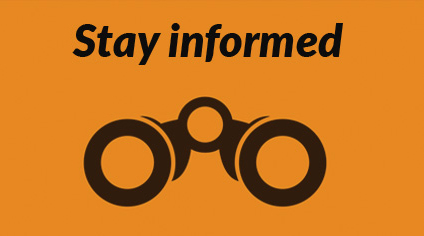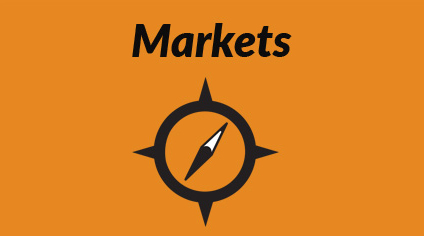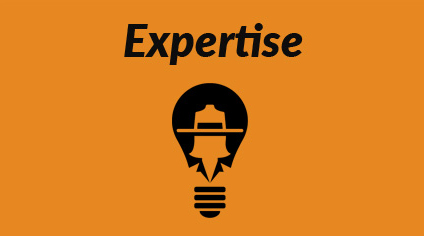 Nimble for Good is the philanthropic arm of Nimble Impressions, which is driven by the notion that “To Whom Much Is Given, Much Is Expected.” It is also a way for our clients to contribute to some amazing non-profits through working with Nimble.
Nimble for Good is the philanthropic arm of Nimble Impressions, which is driven by the notion that “To Whom Much Is Given, Much Is Expected.” It is also a way for our clients to contribute to some amazing non-profits through working with Nimble.
A special initiative was created with NOLS (National Outdoor Leadership School) in mind for 2017, and we were honored to be able to contribute $1,370.00 to them. NOLS is an organization that is near and dear to our hearts and we would love for our connections to learn more about them, in their own words.
Rich Brame, Alumni Relations Director, NOLS
Tell us about your organization and its mission.
NOLS teaches wilderness skills, leadership and wilderness medicine on remote expeditions and in classrooms throughout the world. Our students learn to lead others and are confident, positive contributors in their workplaces and communities. Globally, we educated over 26,000 students last year and our generous supporters helped us supply over $1.7M in scholarship awards.
Describe your role with the organization.
As the leader of our alumni relations team, I work to connect our diverse global grads (over 280,000 strong) with each other and with the school. Our work includes electronic networking, hard copy publications, local community events, career services and extensive outdoor adventures for grads and their families. We supply benefits, networking, continuing education, and philanthropic opportunities to our alumni.
What is your favorite part about your job?
Adventuring with our alumni and their families in the backcountry. My work often includes exploring wild lands and challenging expeditions in beautiful and remote locations. Yes, there is often fly fishing involved.
What have been some of the challenges that you have found in getting the word out about your organization?
Our outdoor and wilderness-focused programs and expeditions face increasing competition from the noise and “hurry up” stresses of everyday life. Everything competes for our constituents’ mindshare and time. It’s a challenge to reach them without being part of the noise.
How did you overcome them?
Well, since my primary efforts and goals focus on our graduates, we can tap experiences and touchstones that uniquely resonate people powerfully recall the challenges, beauty, team, weather and tactile elements from their NOLS education. Long days hiking in the rain (uphill), or tough map reading somewhere north of the Arctic Circle, or a mountain sunset from atop a peak are images and experiences that get and keep folks’ attention and connection forever.
Tell us about a success story that your organization has recently celebrated.
NOLS celebrates its 53rd anniversary this year and our permanent endowment surpassed our yearly expenses—both are accomplishments that the founders of our little, boot-strap, dusty-small-town, nonprofit mountain school would have never imagined.
Our generations of graduates, who have gone on to sail all the oceans, explore trackless deserts, jungles, caves and mountains on every continent, who have set records in space (most NASA astronauts are NOLS grads), and who have stepped forward with help in untold medical emergencies all stem from the humble notion of our founder, Paul Petzoldt—he had the crazy idea that we should go to the mountains and do it well.
Do you have any advice for the new generation of non-profit workers?
The real challenge is to keep sight of our supporters’ goals and perspectives. We need to meet their needs, goals and interests (some interests are selfless, some are selfish, but all are real) or they have no reason to connect with us at all.
NOLS, like many mission-driven nonprofits with varied financial engines, is a community of folks who want to expand the reach and impact of our programs. Our clever and motivated staff and advocates continuously present options for growth and improvement. But ultimately our resources are limited. We’ve kept in mind the mantra: “no margin, no mission” to make sure our basic business models and functions allow us to keep doing good work in perpetuity. Some programs can be investments, but not all of them, unless you can always count on incredibly successful fundraising.
There’s a helpful Venn diagram for this: circle one = what is possible. Circle two = what is desirable. Circle three = what is viable. Organizational sustainability is the center overlap of those three circles.



